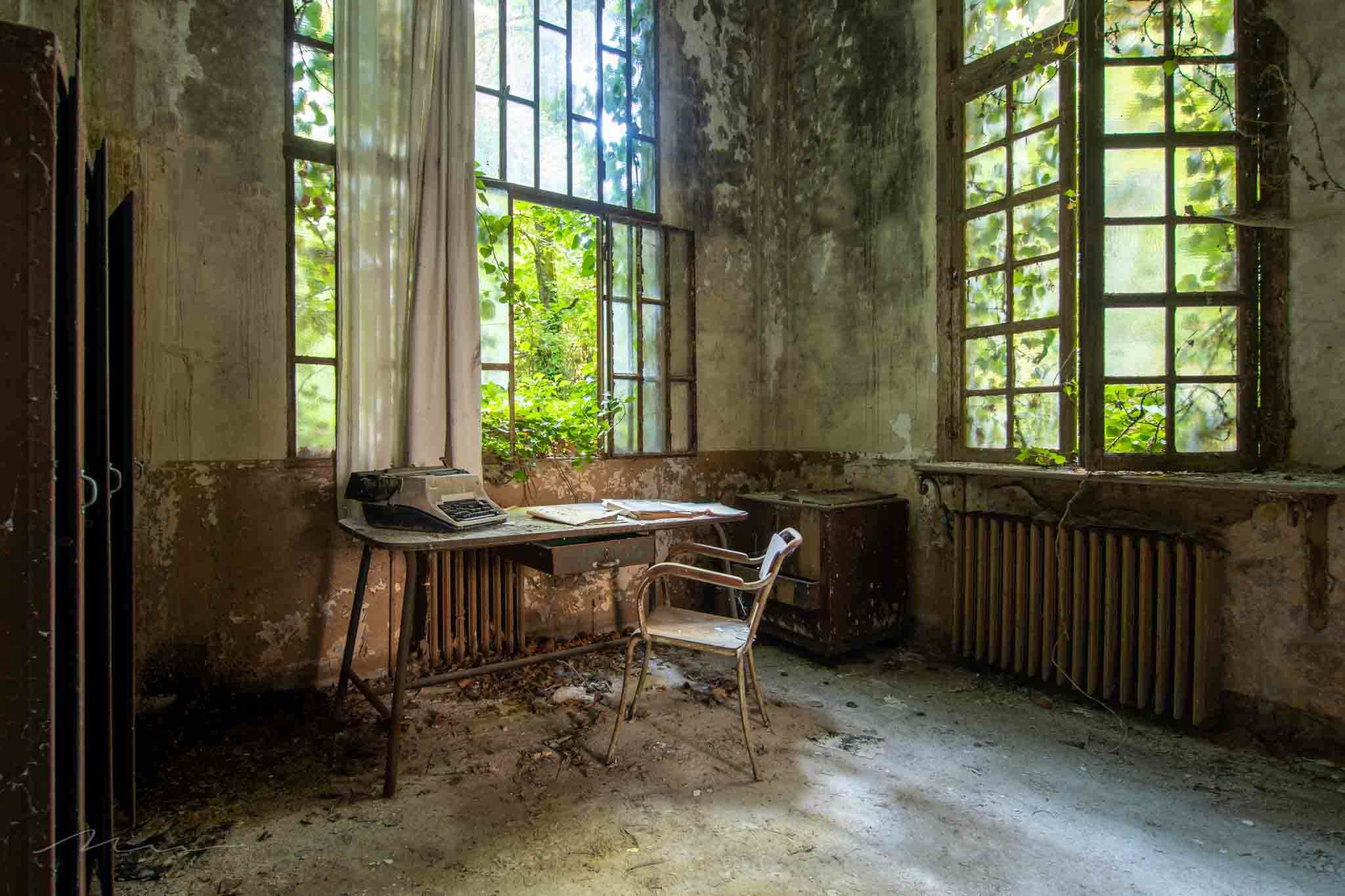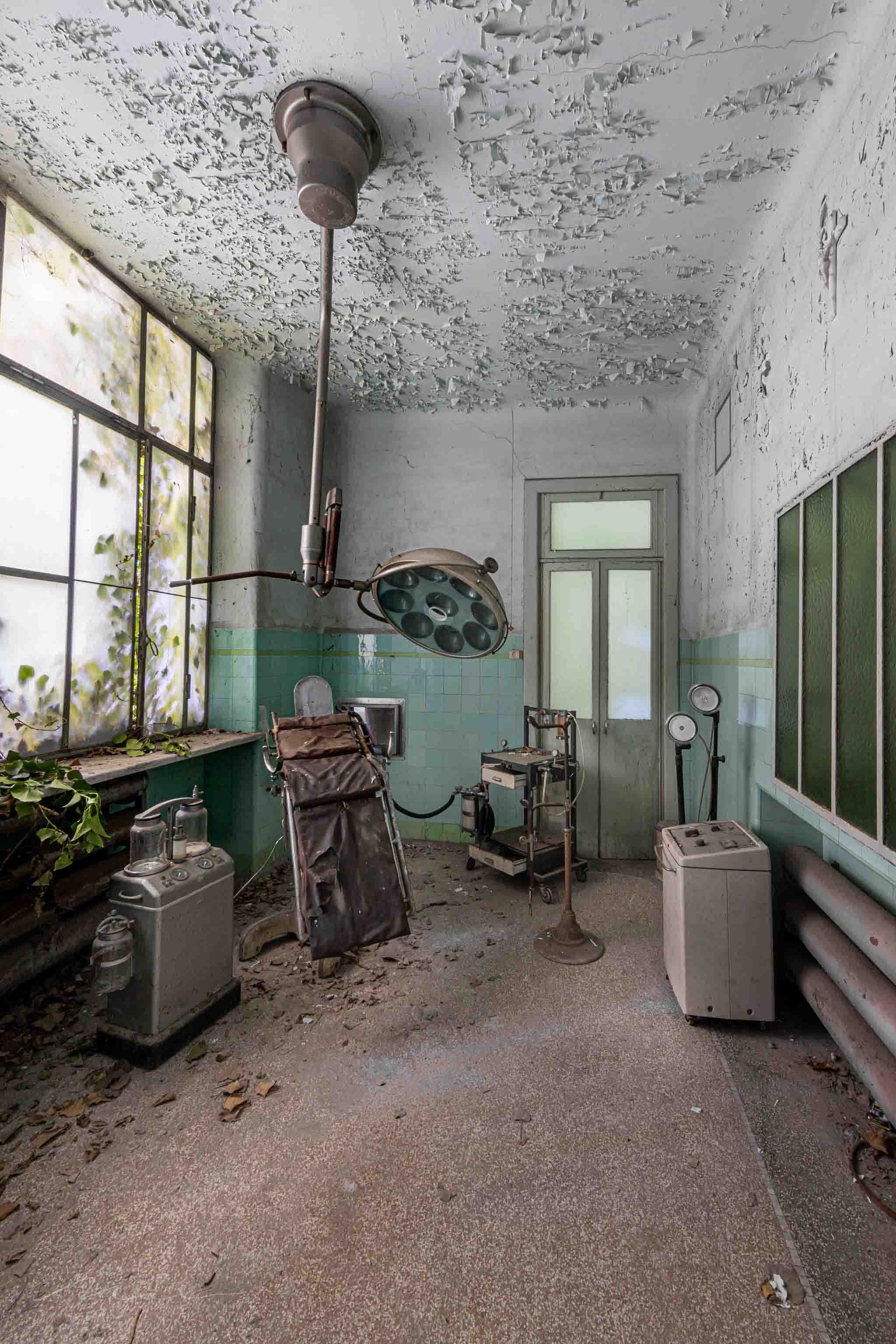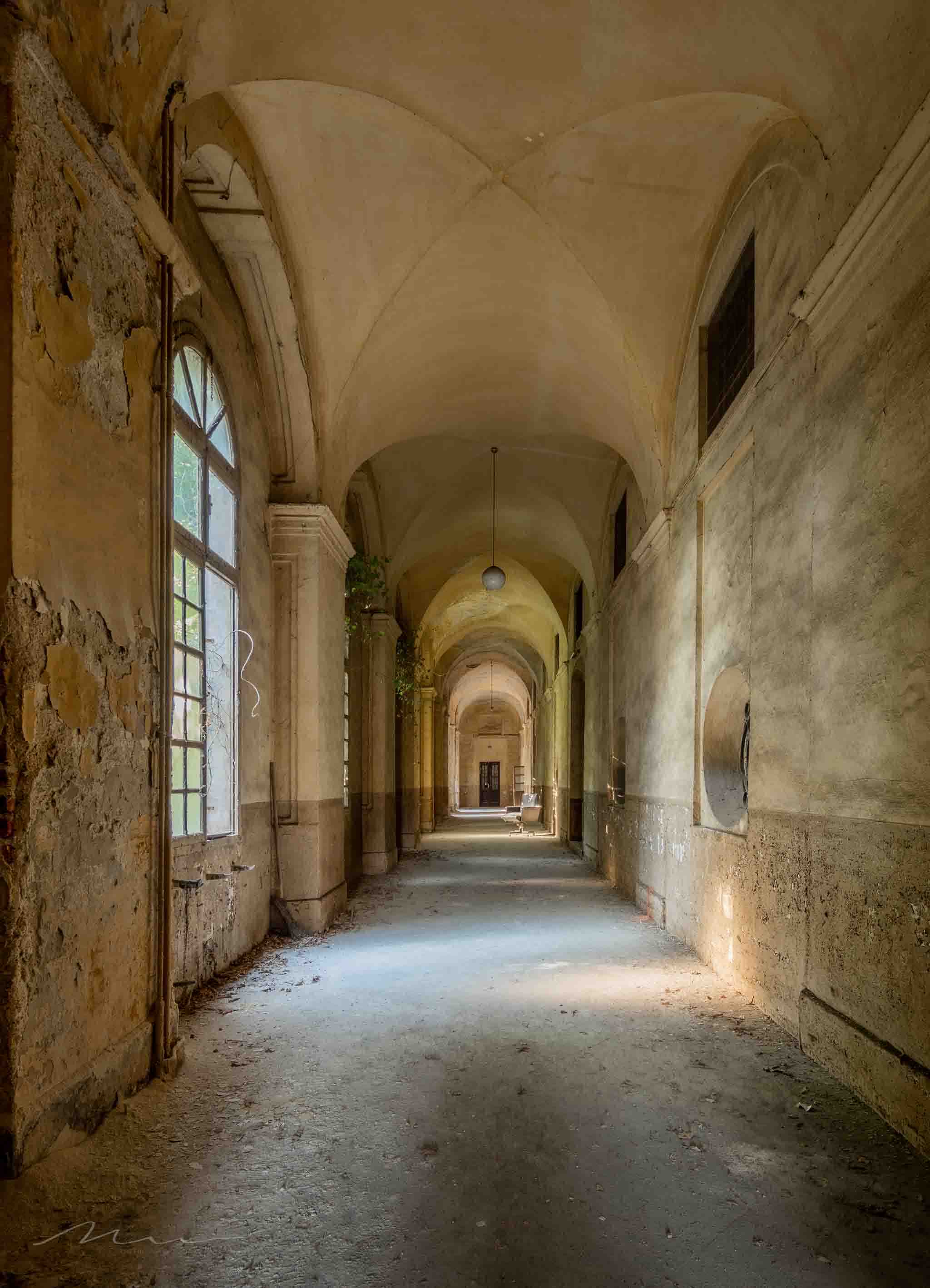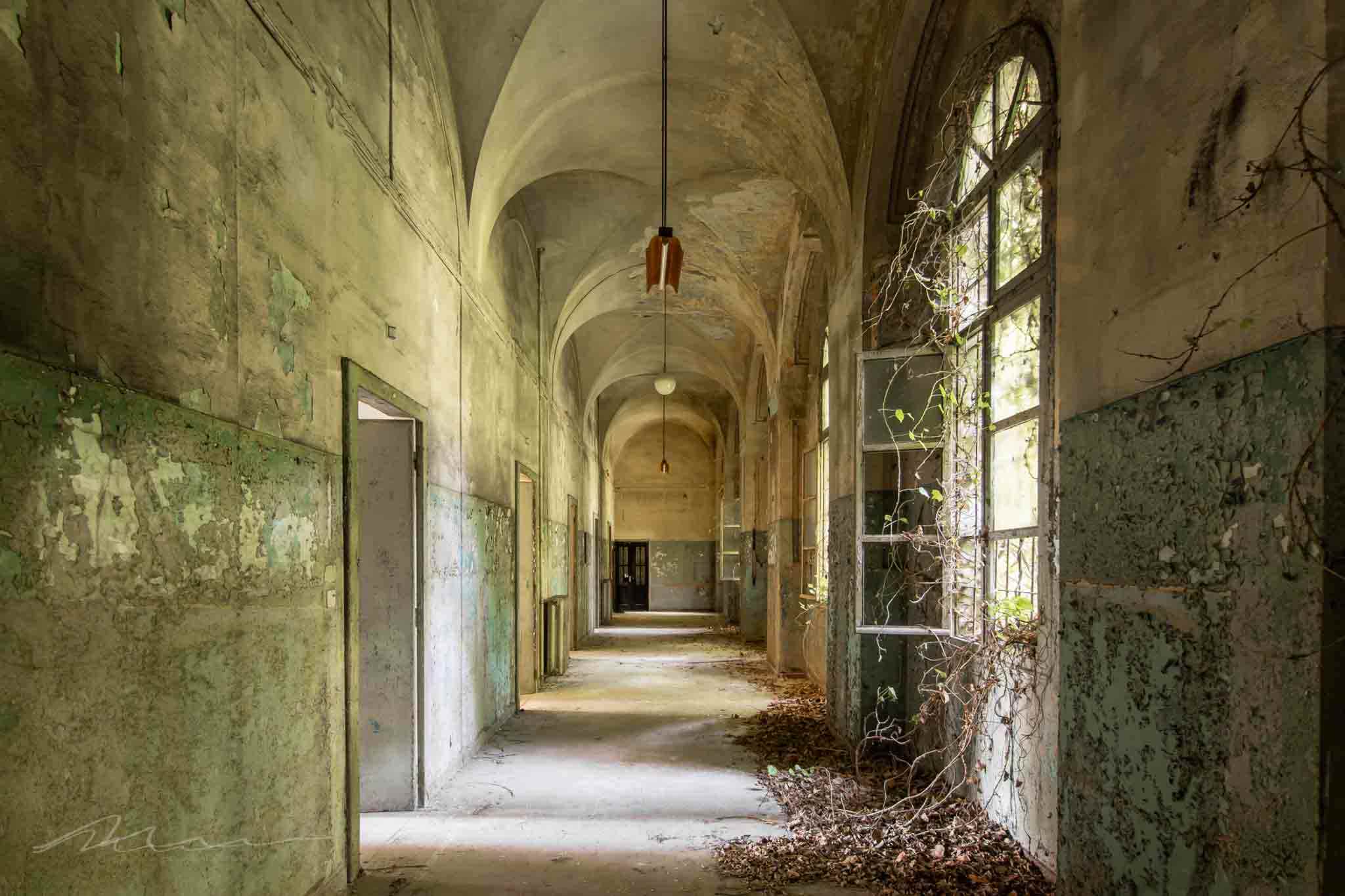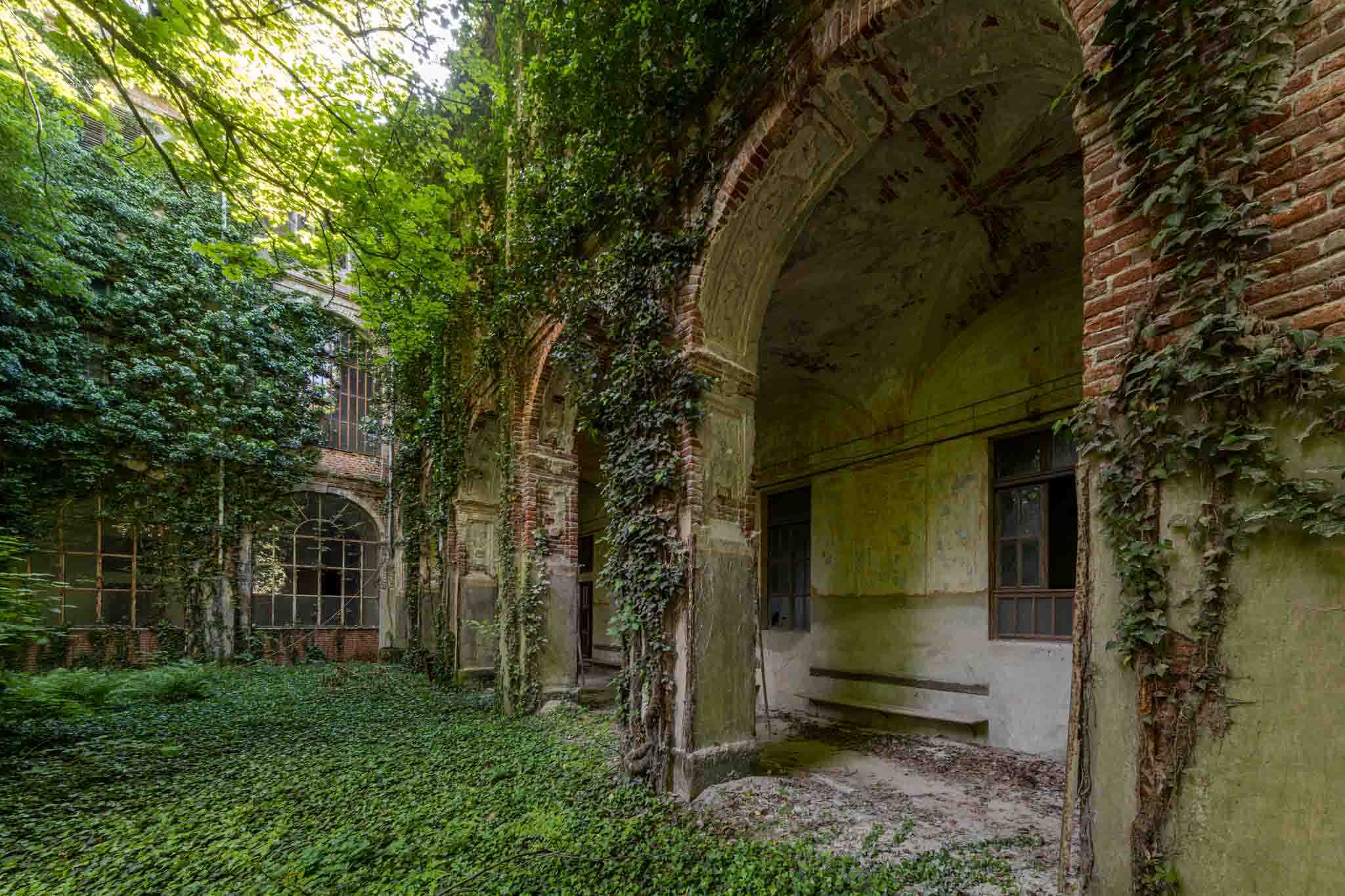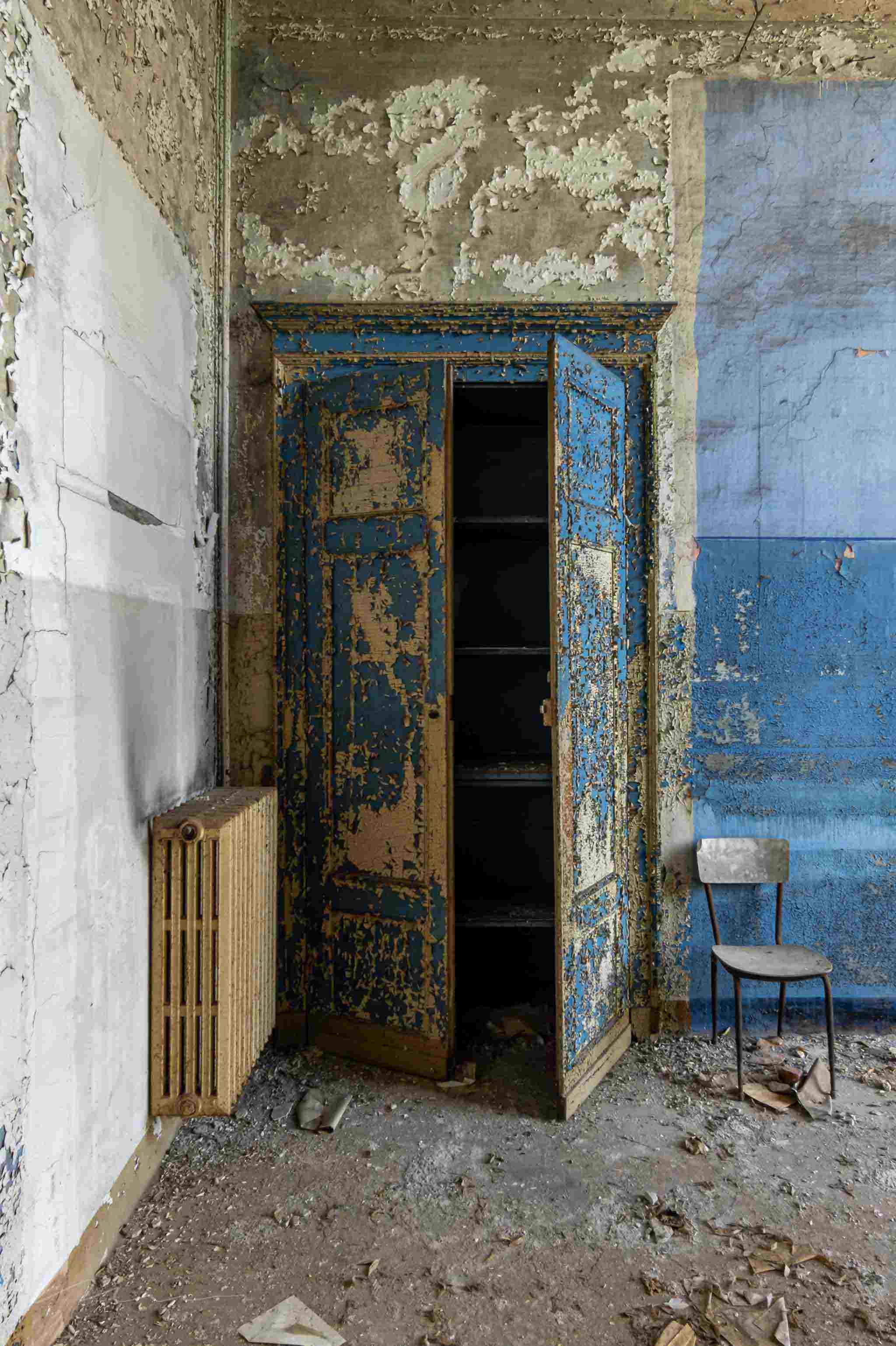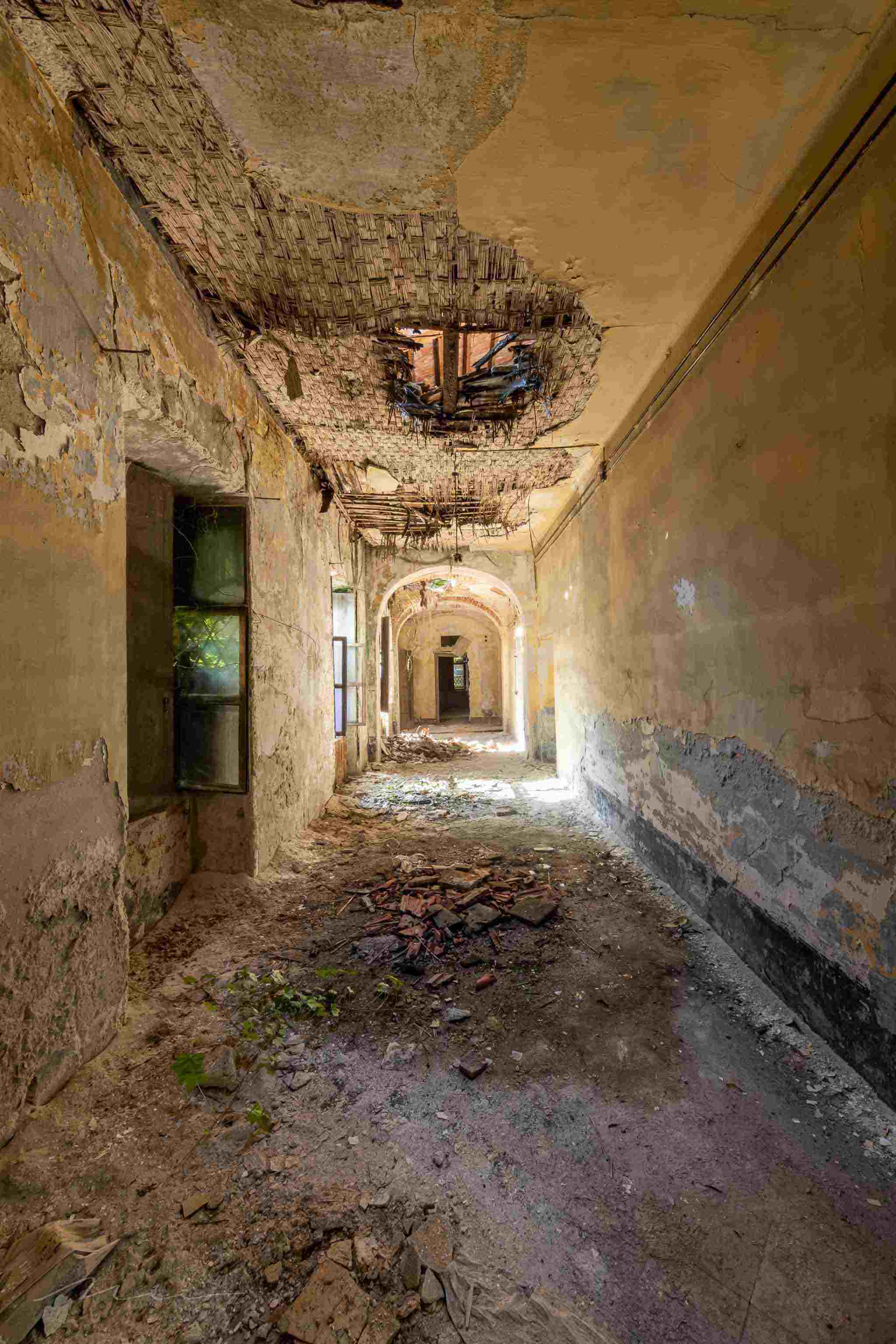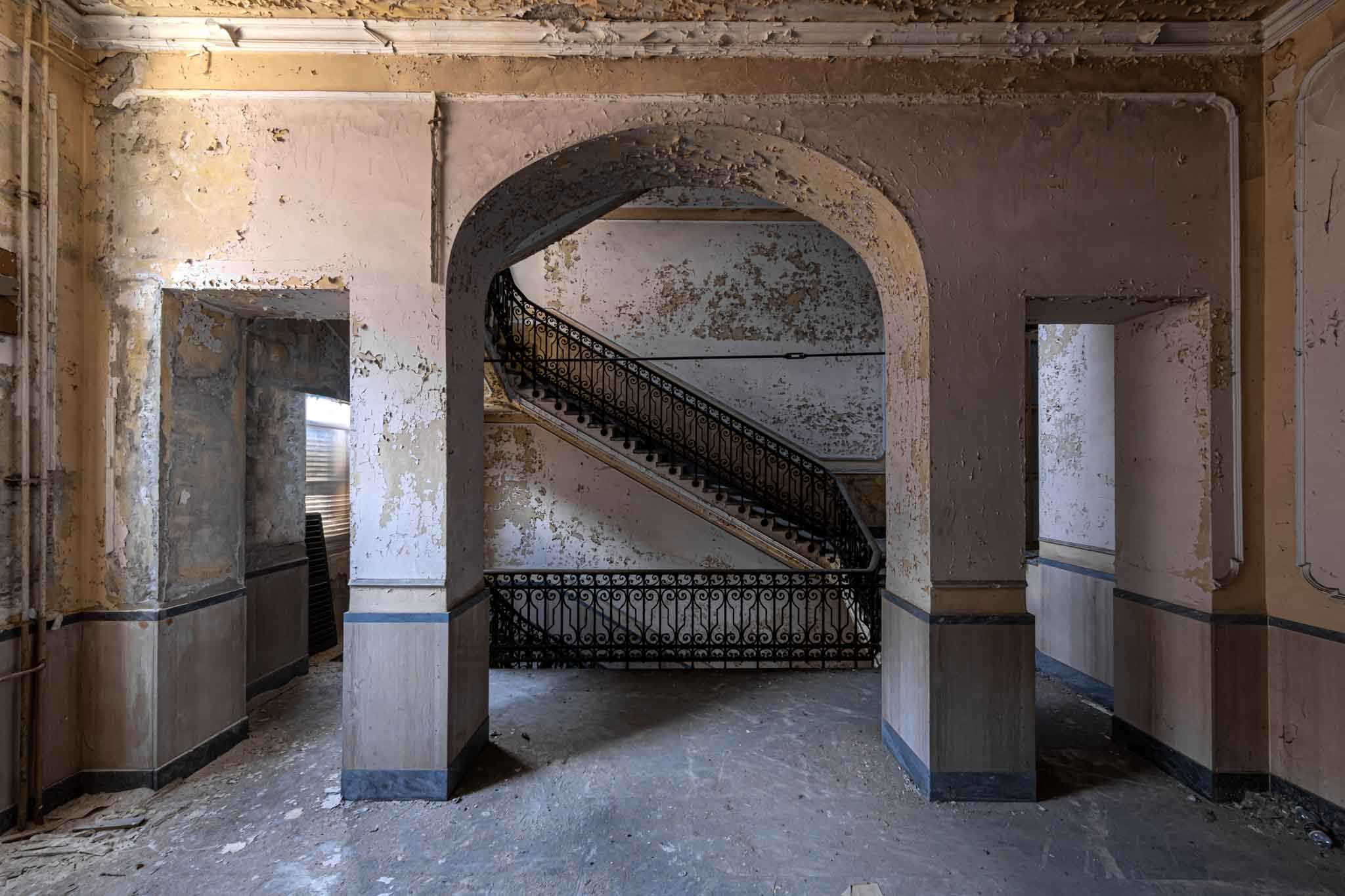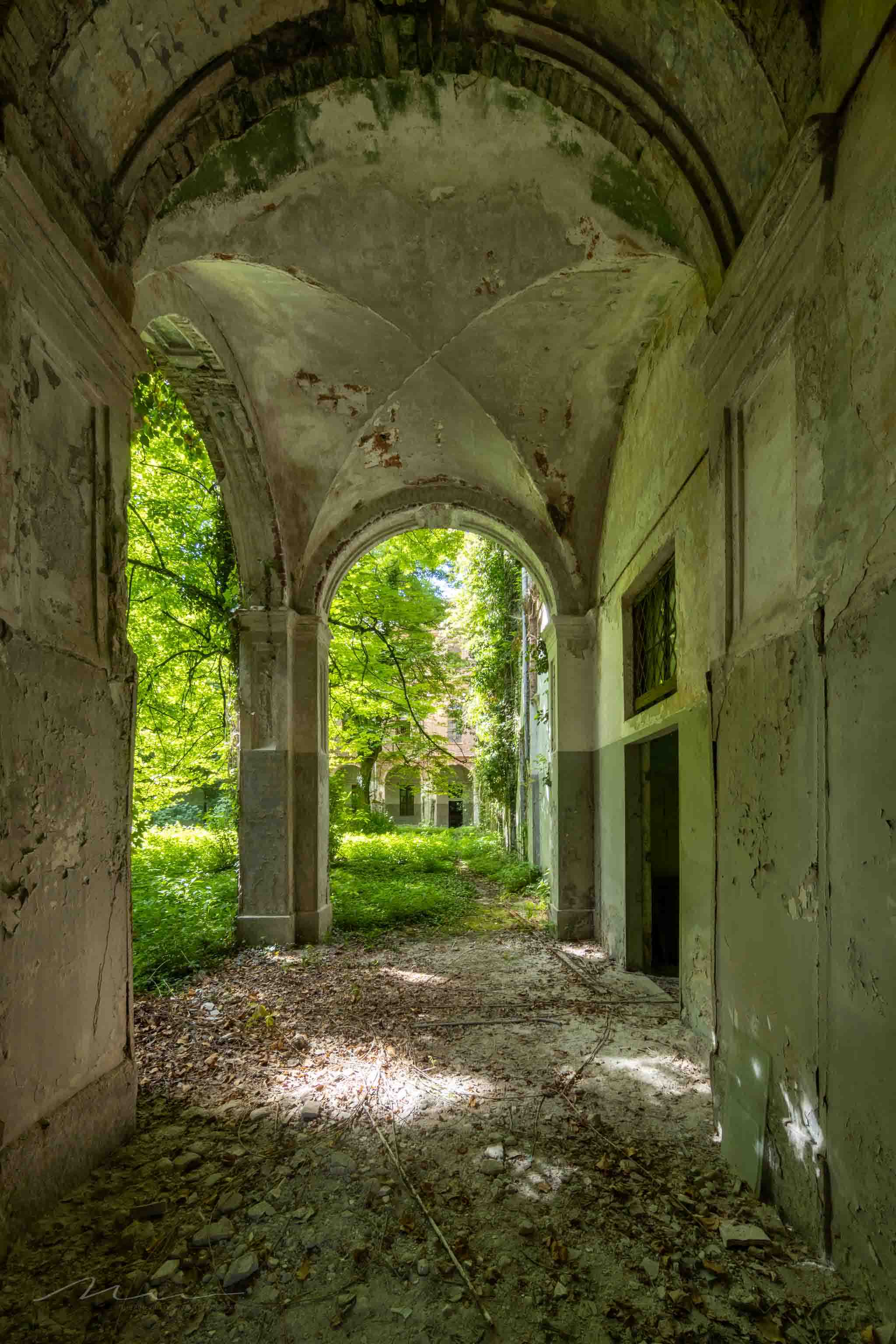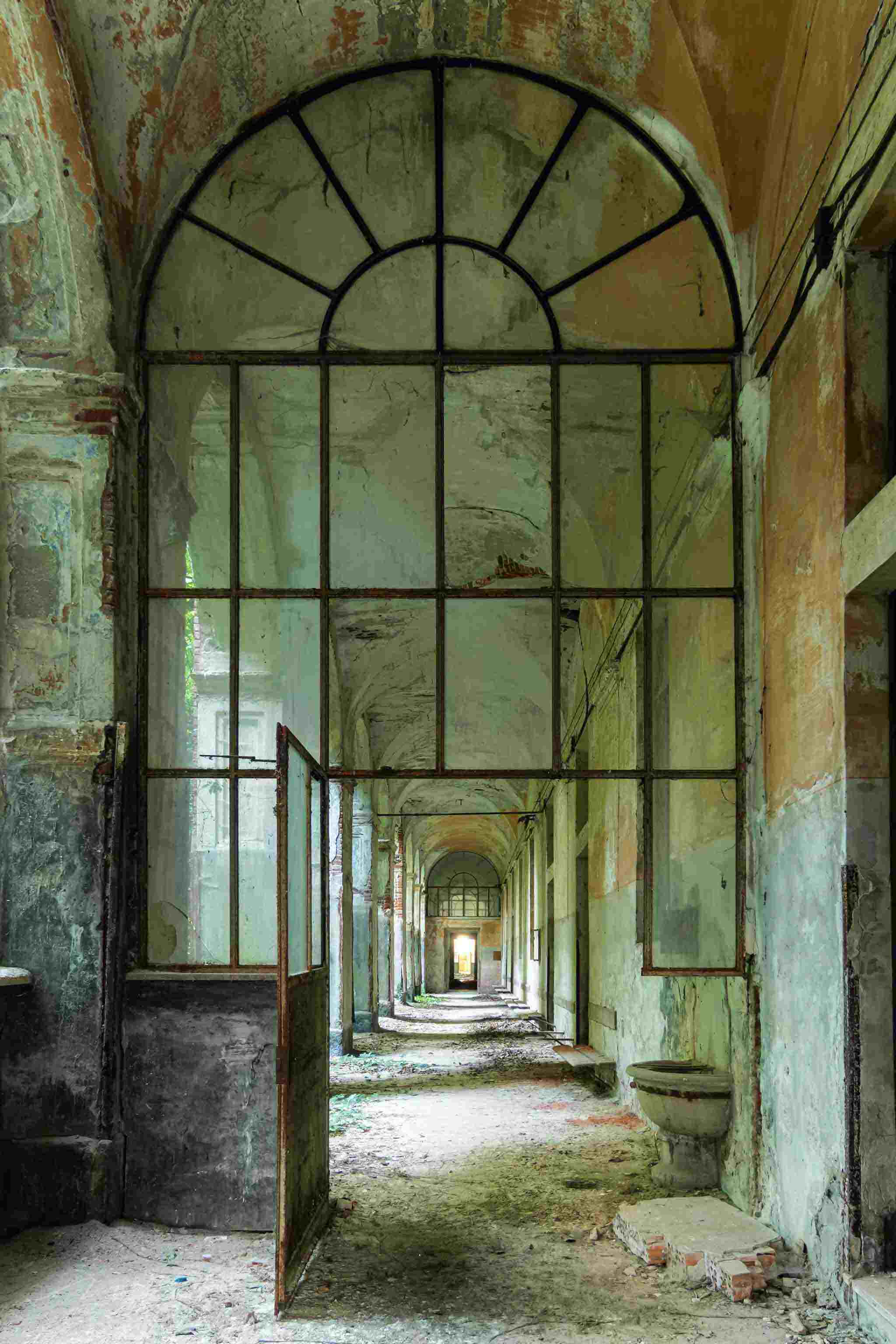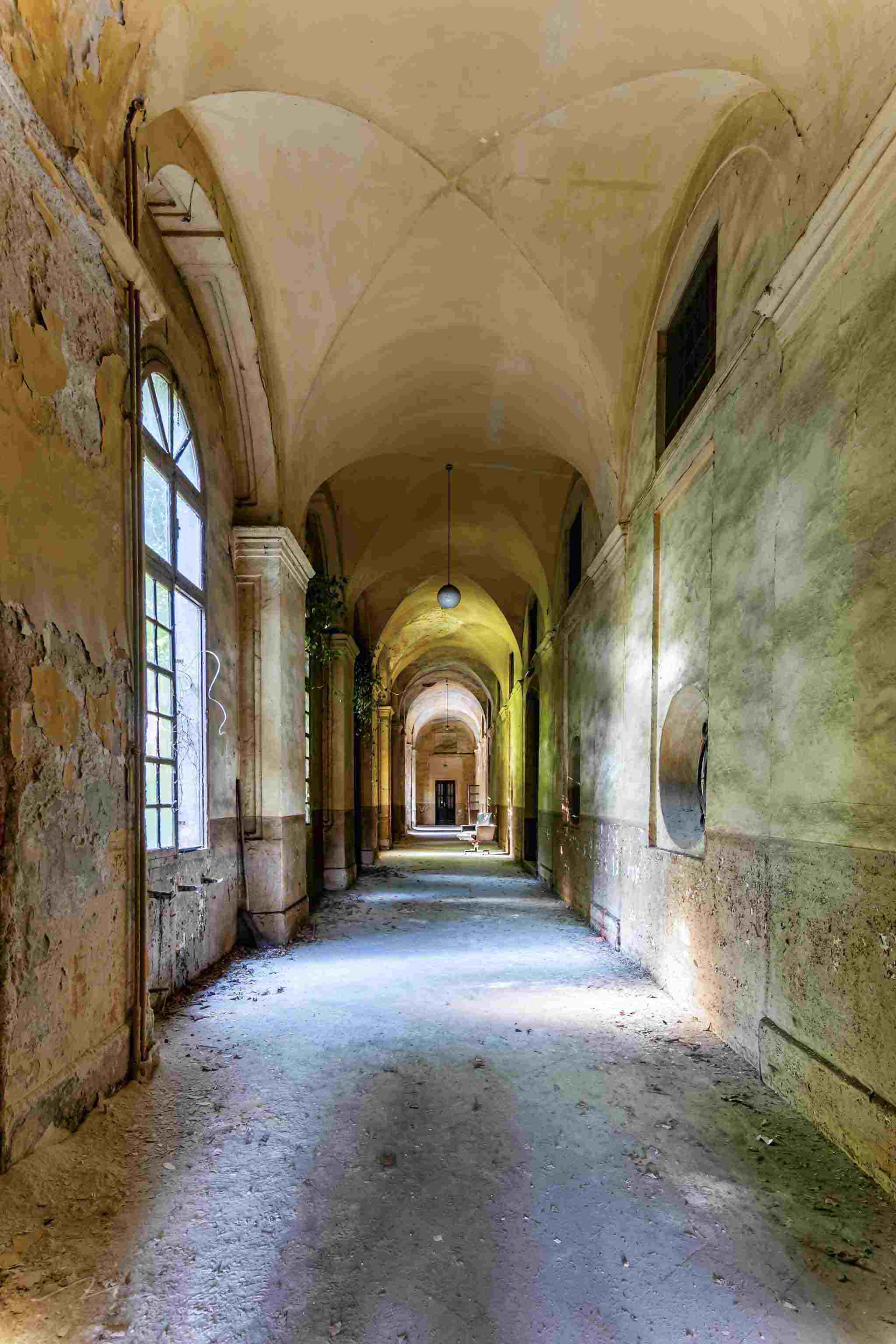Manicomio di R.
- May 30, 2024 - Journeys
MANICOMIO DI R
For an extended period of time, I eagerly anticipated my visit to Manicomio di R. Why, you might ask? Because this place stands as one of the most exquisite and undeniably unique locations I’ve ever encountered. Its allure isn’t merely tied to the ward’s long and peculiar history, but also to its architecture, the sprawling corridors, and the exquisite decay that has embraced the surroundings so gracefully.
The complex itself is colossal. As I stroll along the lengthy path, bathed in the morning sun, accompanied by birdsong, an immense smile graces my face. The prior evening, our team briefly inspected the area. Now, in the morning light, it looms in the distance. Stepping inside, an overwhelming sense of elation washes over me, along with a distinct atmosphere that defies easy description, an ambiance only truly found within these walls. Every corridor, every room evokes a different sensation, partly due to the ever-changing light pouring in, and partly because of the histories and tales that echo in each space.
After wandering around for a good 8 hours, we decide to depart, knowing there’s more awaiting our attention.
Yet, this initial visit won’t mark the end of my connection with this place. Every subsequent visit unfolds as a unique and beautiful experience, distinct from the last, making each return special in its own way.
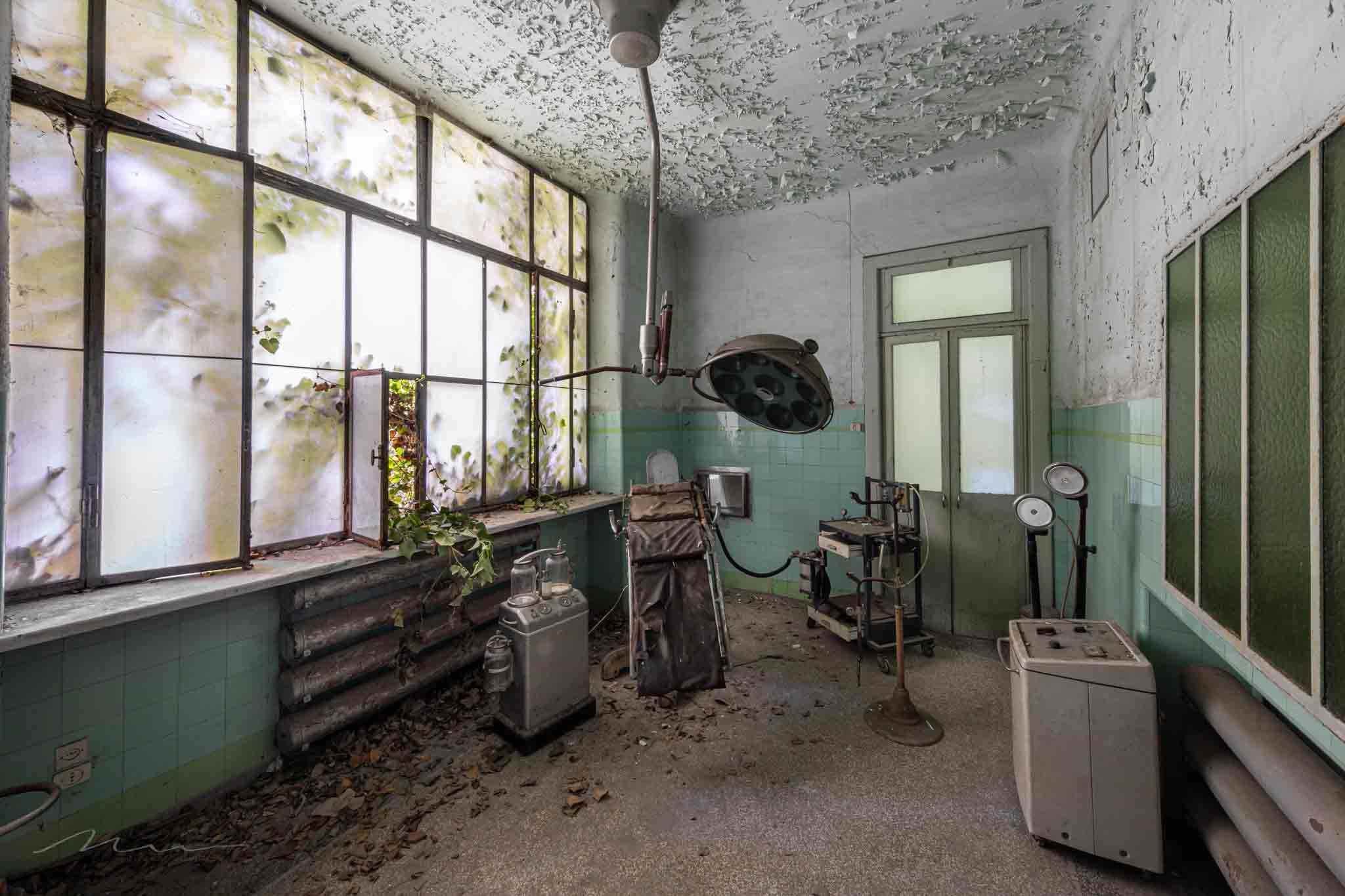
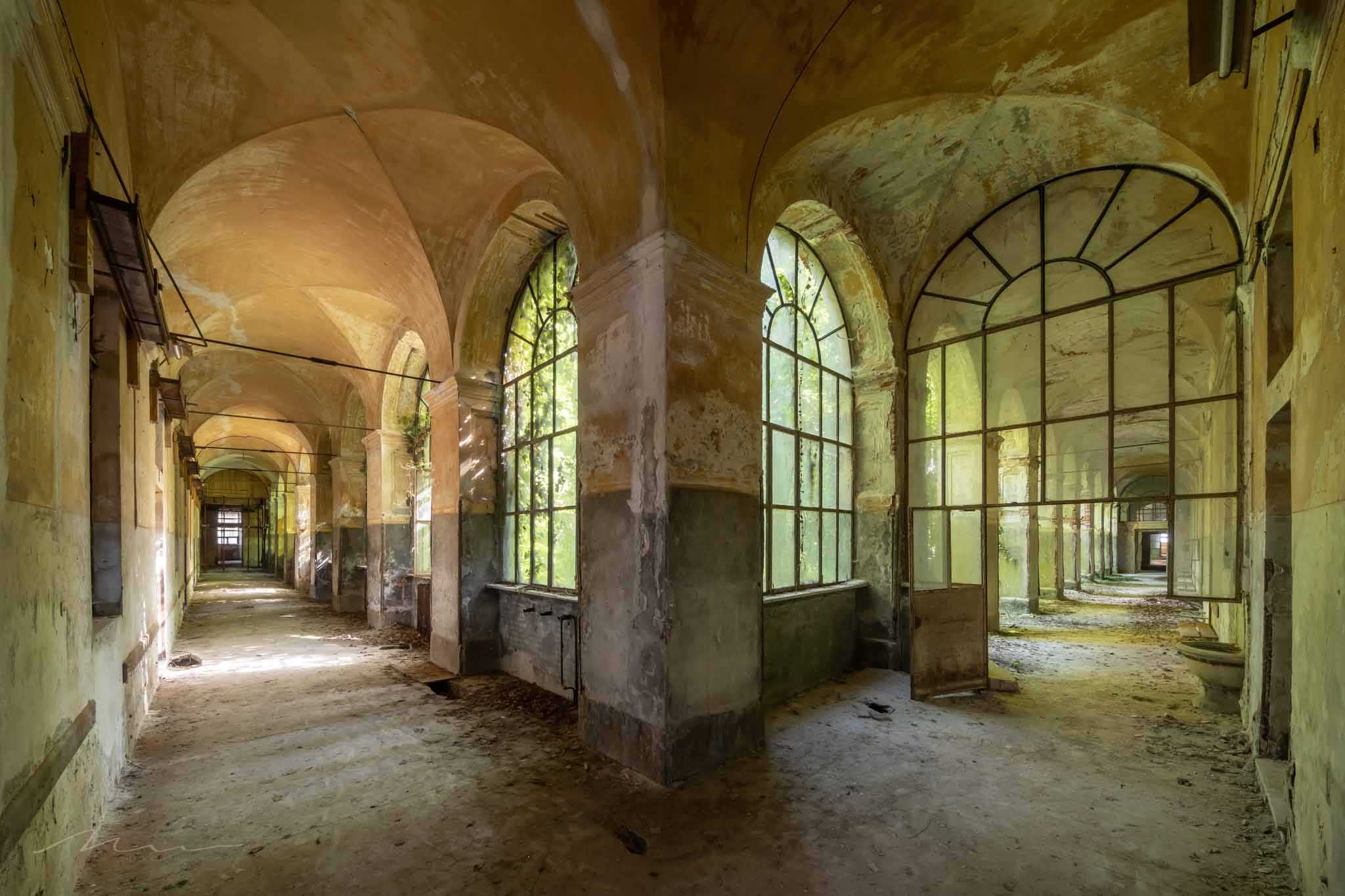
PSYCHIC WARDS
While mental hospitals and psychiatric wards can evoke a sense of intrigue and mystery, it’s important to separate the reality from sensationalized portrayals in popular culture. The portrayal of spooky and haunted mental hospitals, sadistic staff, and captive spirits is primarily a product of fiction and horror storytelling.
The term “manicomio” translates to “madhouse.” Historically, manicomios were institutions that housed and cared for individuals with mental illnesses. However, it’s important to note that the approach to mental health care has evolved significantly over time.
In the late 20th century, there was a shift in attitudes and practices regarding mental health patient care. Many countries began moving away from the large, institutionalized model of care that characterized manicomios. This shift was influenced by a growing understanding of mental health as a medical issue that required appropriate treatment and support, rather than simply confining and isolating individuals.
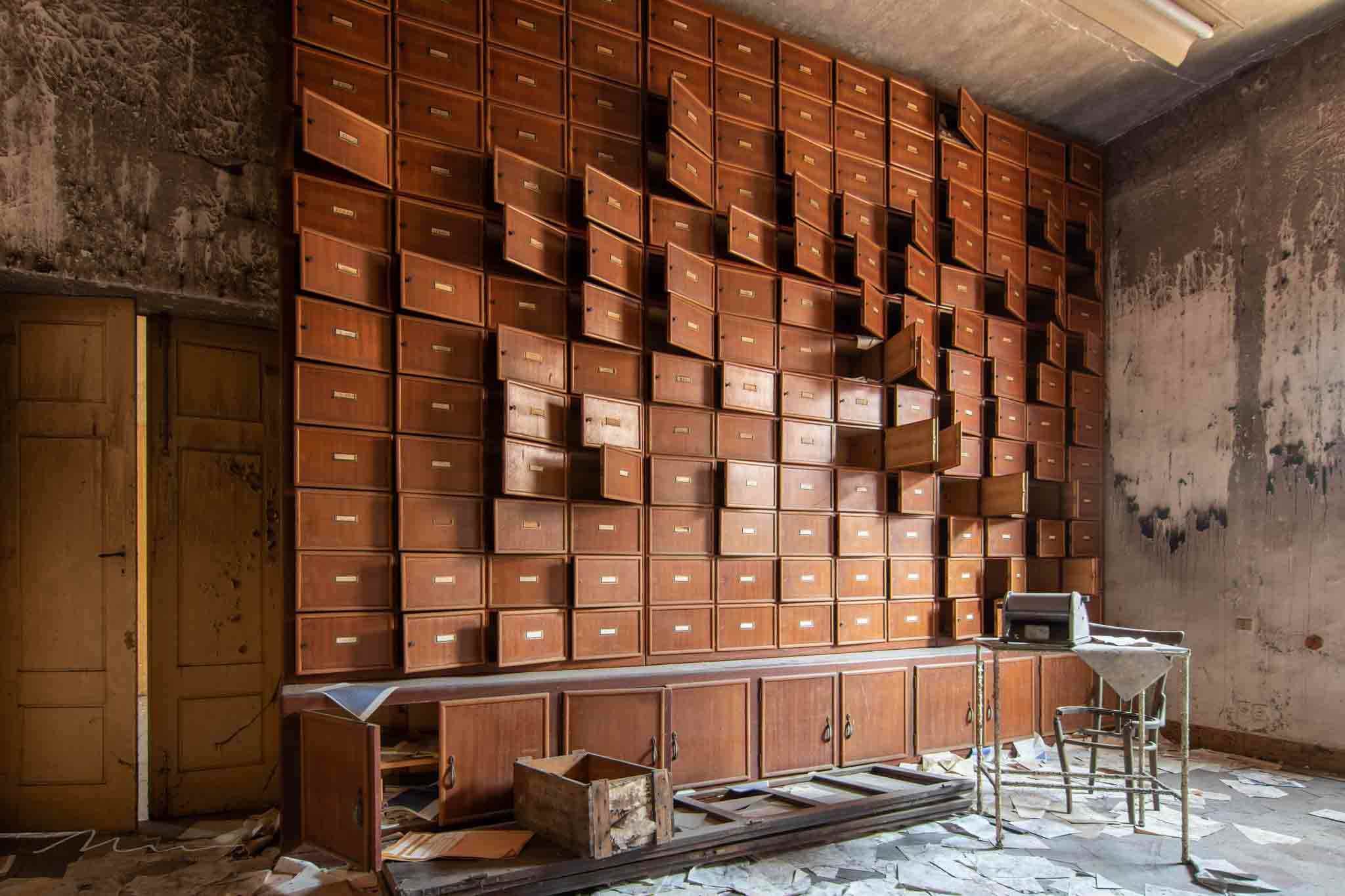
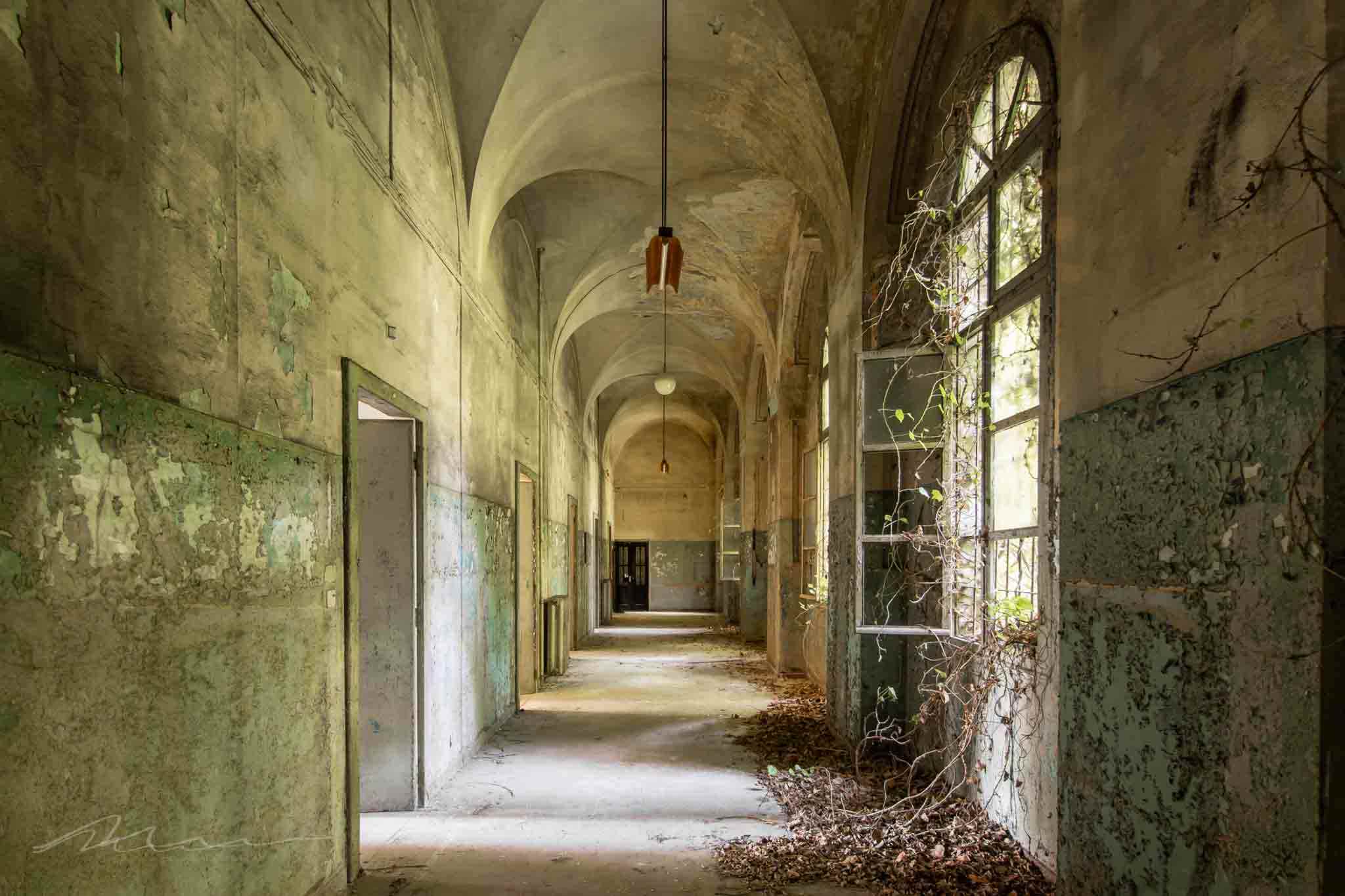
times are changing
The asylum was a mental institution located in a little town in Italy. It was inaugurated in 1898 and functioned as a care and custody facility for people with mental disorders until its closure.
This asylum opened in the 1870’s. The complex was built on the site of a former military college. The college had previously been a charitable hospital for those living in poverty. A year after opening, the institution already housed 250 patients, rising to a bigger number near the end of the 19th Century. Like many psychiatric hospitals at the time, the asylum adopted an institutional model of care, which provided for the segregation of patients from society. During most of its existence, the treatment of patients was based on predominantly custodial approaches and little oriented towards care and recovery.
Over the years, there has been criticism regarding the living conditions and treatments of patients within these mental institutions, including Manicomio di R.
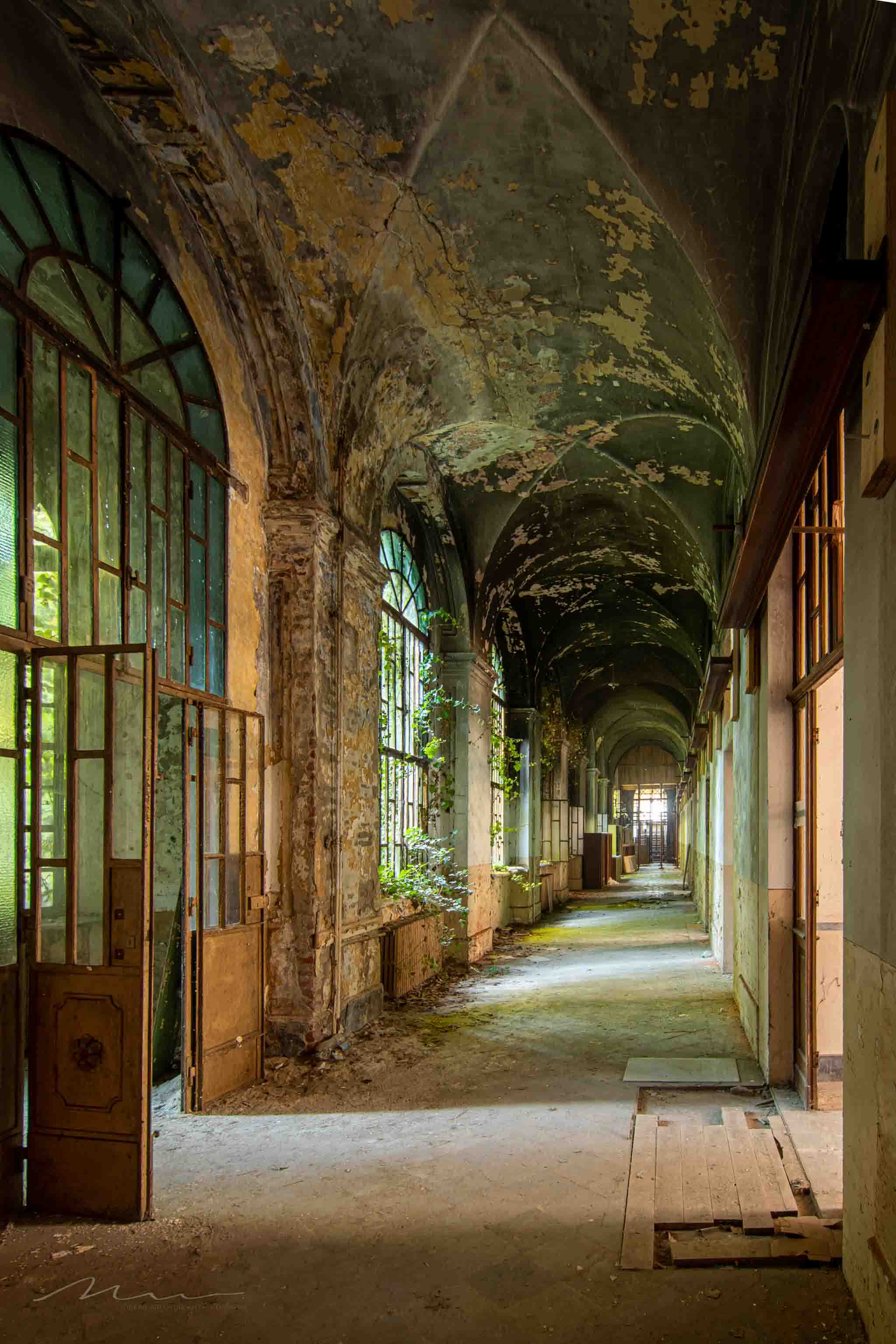
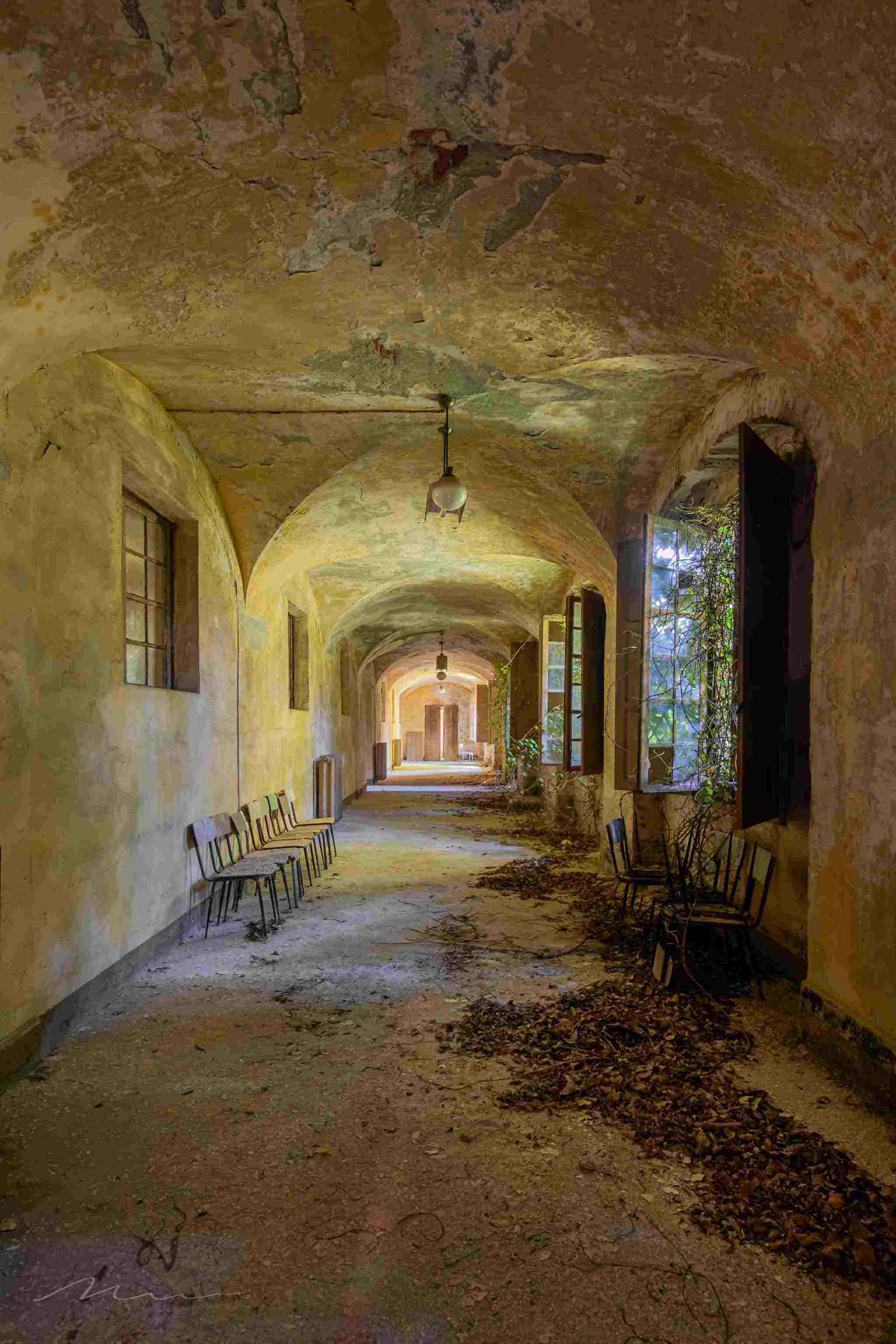
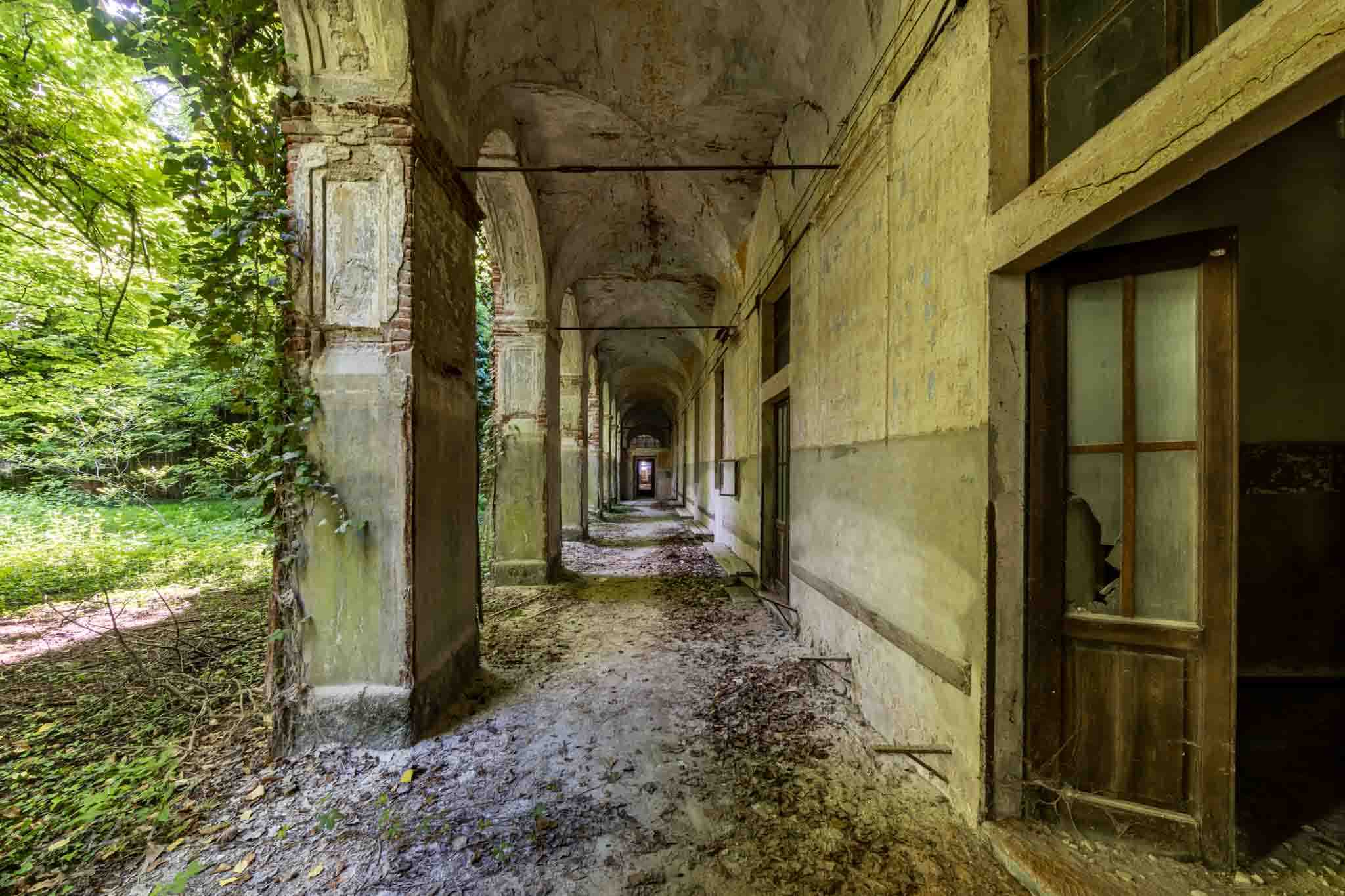
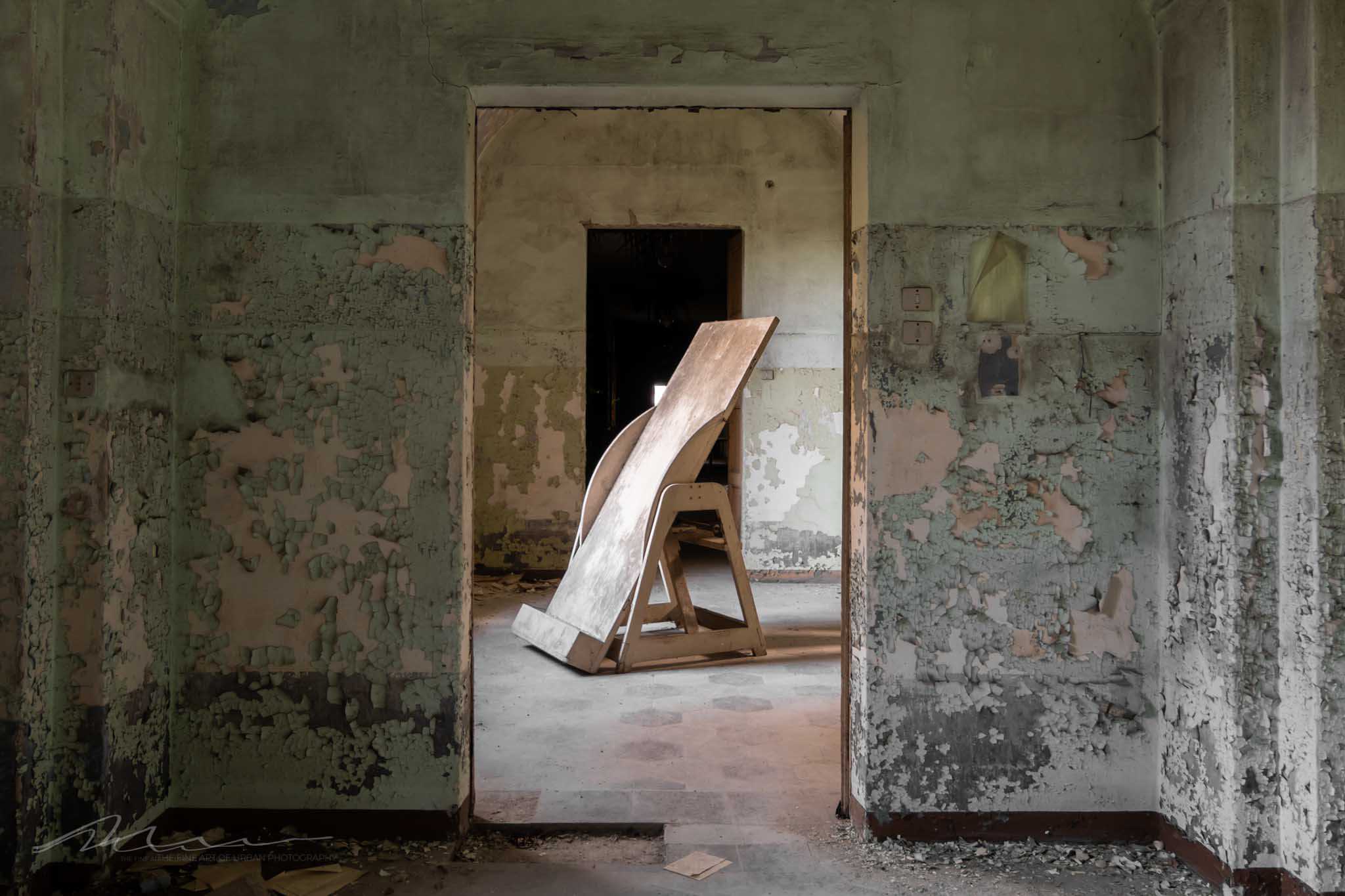
Present time
In the old days, the approach to mental health care was vastly different from what we understand and practice today. Historical perspectives and practices surrounding mental health varied across different cultures and time periods. It is important to remember that the approach to mental health has changed significantly over the years, and the current focus is on providing inclusion-based care, recovery and community support for people with mental disorders.
